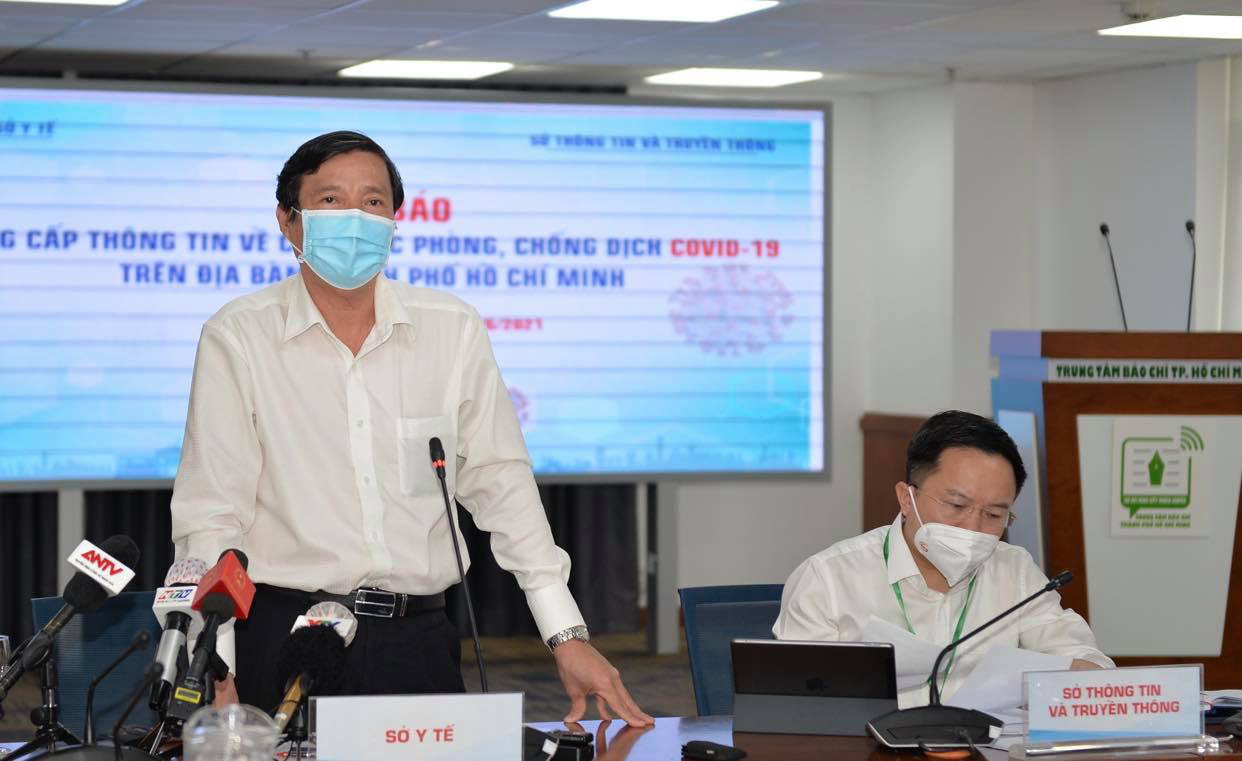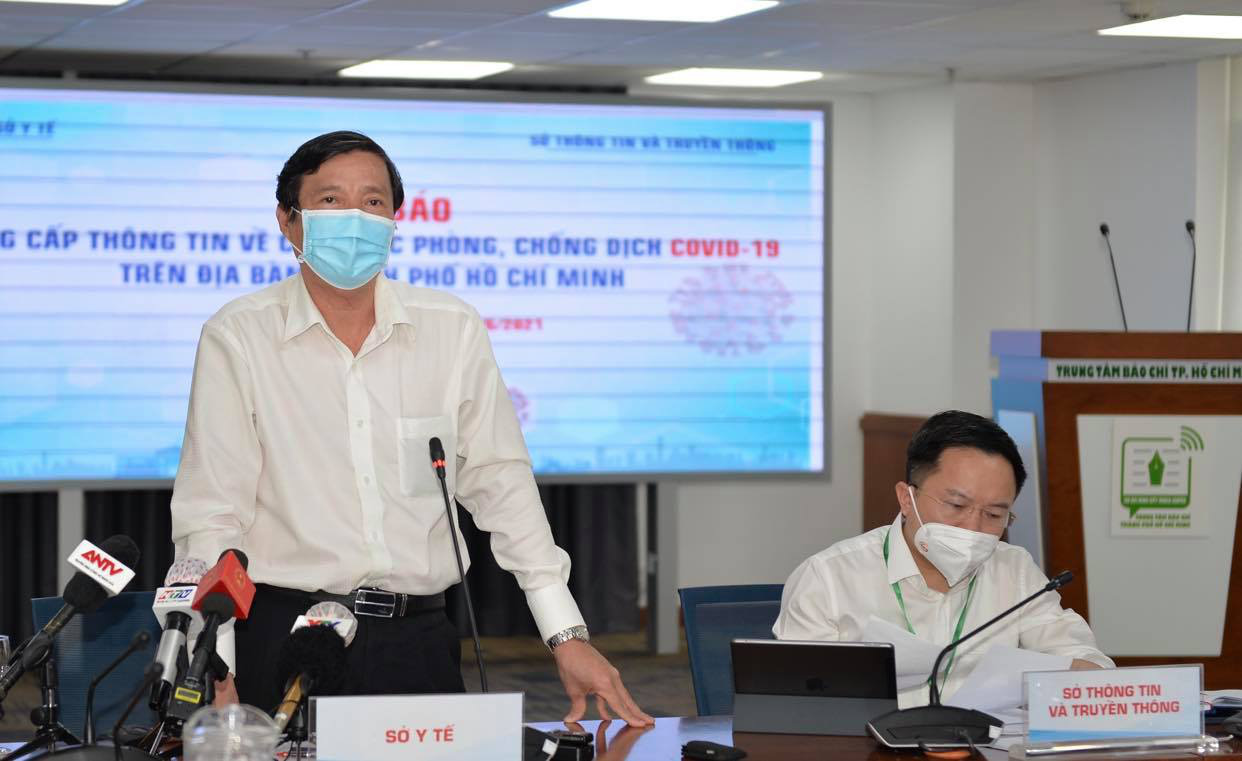This approach is expected to ease pressure on centralized quarantine facilities in the city

Medical authorities in Ho Chi Minh City are weighing the possibility of quarantining people who come into direct contact with COVID-19 patients at home.
In Vietnam, direct COVID-19 patient contacts, referred to as F1 cases, are placed under monitoring at centralized quarantine facilities while those who come into physical interactions with them, also known as F2 cases, are requested to self-quarantine at home, according to current regulations.
Speaking at a press conference on the COVID-19 situation in the city on Monday afternoon, Nguyen Huu Hung, deputy director of the municipal Department of Health, said the home quarantine approach for F1 cases is feasible, stressing that it gives the isolated person psychological comfort because they are staying with their relatives.
It will also ease pressure on concentrated quarantine facilities in the city.
However, there is still a problem as not every home can meet the quarantine standards set by the Ministry of Health, such as a private room for the isolated person, Hung added.
In addition, medical authorities have to deal with challenges in assigning functional forces to the residences of F1s to ensure they are strictly obeying the self-quarantine rules.
One possible solution being mulled over is using technology, but in a way to avoid violating the law on people’s privacy and safety.
The municipal health department is considering piloting this new quarantine approach in some areas first before applying it citywide.
Ho Chi Minh City authorities decided on Monday to extend the enhanced social distancing measures implemented since May 31 by two weeks given an escalation in transmissions.
From April 27 to Tuesday morning, the city has recorded 894 local cases of COVID-19, becoming the locality with the third-highest number of infections in Vietnam, after Bac Giang with 4,194 patients and Bac Ninh with 1,379.
Hanoi follows in fourth position with 463 infections.
These infections are among the total caseload of 7,669 recorded in 40 of Vietnam’s 63 provinces and cities in this ongoing virus wave — the fourth and the worst since the pathogen first hit the country on January 23, 2020.
The nation has documented an accumulation of 10,881 patients, including 9,238 domestic and 1,643 imported cases ever since.
Recoveries have reached 4,236 while 61 patients have died, mostly with critical underlying medical conditions like cancer and chronic renal failure.







